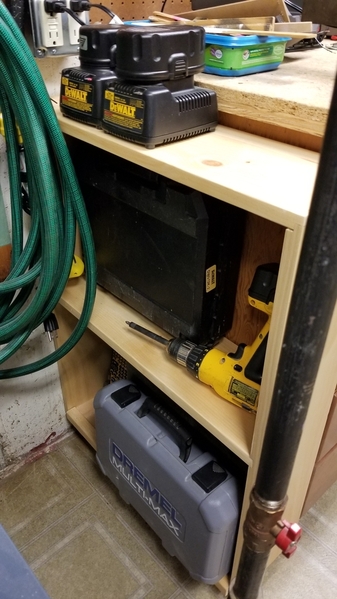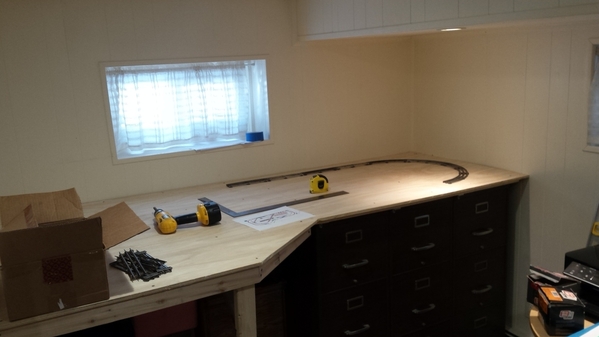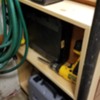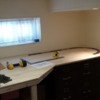OK, here goes.
I have used nail guns all of my working life. So much of my opinion maybe out of date here. A favorite saying my old boss told me, is to look at the price of nails before you buy. Some guns seem like a great deal but the nails can be overpriced. I remember deals many years ago where if you bought a few large cases of nails, they gave you the gun!
The main thing I tell people is to buy quality guns. The cheap imported ones have cheap metal nail drivers that mushroom out or thin and allow for double nails to jam them up. Unfortunately if you use the guns a lot, they'll all need rebuilding after time. So the big name quality guns are also easy to get parts for. I'm saying you can usually get what you pay for. So if it's some off brand at a lower price, I myself, steer clear.
Some newer brands have opened my eyes up to their great performance. I bought a Porter cable gun and have been pleased with it. I used to stick to maybe three or four main brands depending on the type of gun (Spot nails, Senco, Duofast, and ???etc.).
Now I would strongly suggest people use the nail guns just the way any contractor would. They speed the job up. They can even make it more economical like using staples to hold the sub ply down. In combination with glue, the hold can last forever. Drywall screws can sheer off or have the heads snap off in some instances. So I have always decided on the fastener, looking at what stress and direction of stress will it go thru. My favorite is screws or bolts in combination with framing nails on main supports. That's how the main center beam is built carrying the load of our house on it!
If your not going to climb up on the layout, some of this is overkill. I have more experience building general home stuff than layouts themselves. So my guns were purchased for home remodeling. They come in real handy for any job that needs doing. I have also built speaker cabinets for R&R shows with them. Even some furniture.

















